Mở Rộng (Expand)¶
This is a multi-purpose modal operator to intuitively create and edit masks/face sets. When executed, it uniformly expand outwards a pattern from the vertex under the cursor.
Ghi chú
These operators are meant to be used interactively through the shortcut.
There is also a full showcase of the Expand features and use cases.
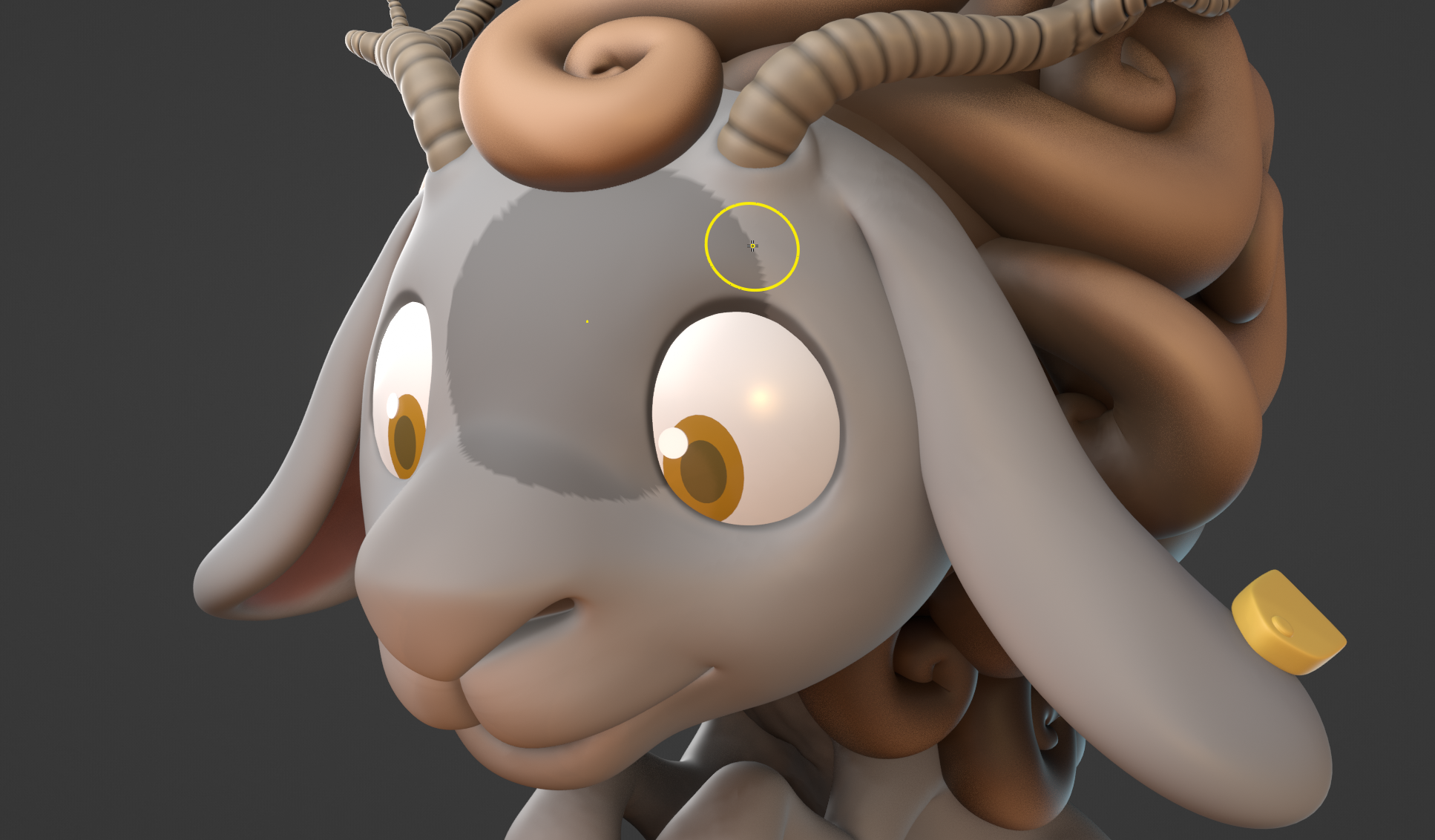
A preview of Expand Mask by Topology¶
Mở Rộng Màn Chắn Lọc theo Cấu Trúc Liên Kết (Expand Mask by Topology)¶
Tham Chiếu (Reference)
- Chế Độ (Mode):
Chế Độ Điêu Khắc (Sculpt Mode)
- Trình Đơn (Menu):
- Tổ Hợp Phím Tắt (Shortcut):
Shift-A
Expands a mask from the active vertex.
Cách Sử Dụng (Usage)¶
- Mask from A to B
Start the operator and expand a mask from an origin to your mouse cursor distance. Then confirm with LMB or Return
By default the expansion will use a Geodesic falloff 1 to create perfectly accurate distances along the surfaces. Use other falloff types via 2, 3 & 4 to expand via triangles, whole faces or scene distances instead.
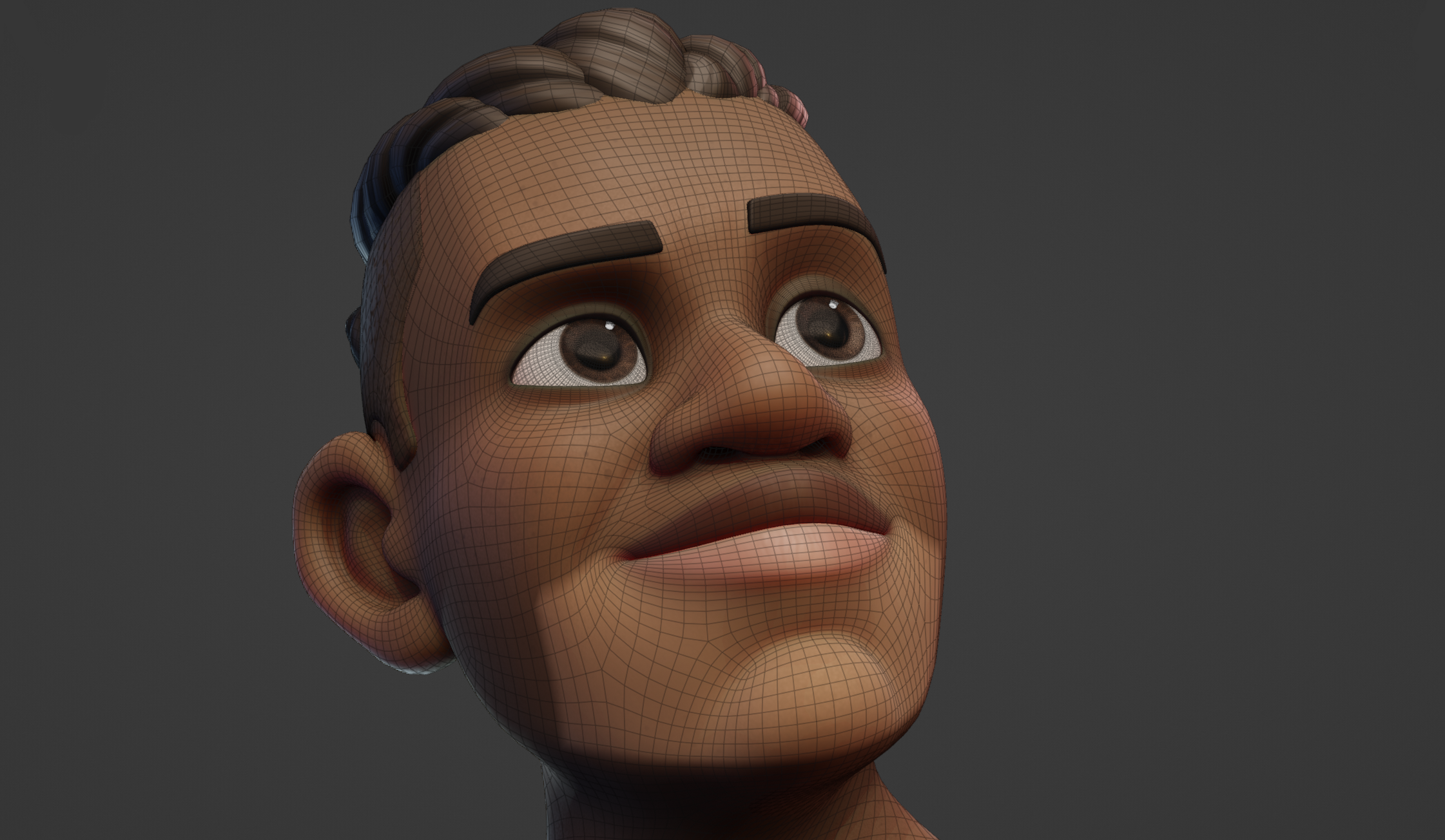
The typical result when using the Diagonals falloff to expand along the quads of the face.¶
Start Expand while pointing at an open boundary to expand from the entire boundary loop. This will always use the Topology falloff mode.
- Fill Connected Meshes
Move your cursor outside of the boundaries of the mesh to mask the entire connected mesh. This can be done repeatedly to quickly mask separate meshes.
- Fill Face Sets
Hold Ctrl to snap to face sets under your cursor and fill them. Any face set that was already covered in the expansion will be filled as well.
- Automatically Set Transform Pivot
While using any Transform tool, the pivot point will automatically snap the border of an Expand result. This way areas (Like limbs) can be masked and then immediately rotated or otherwise transformed.
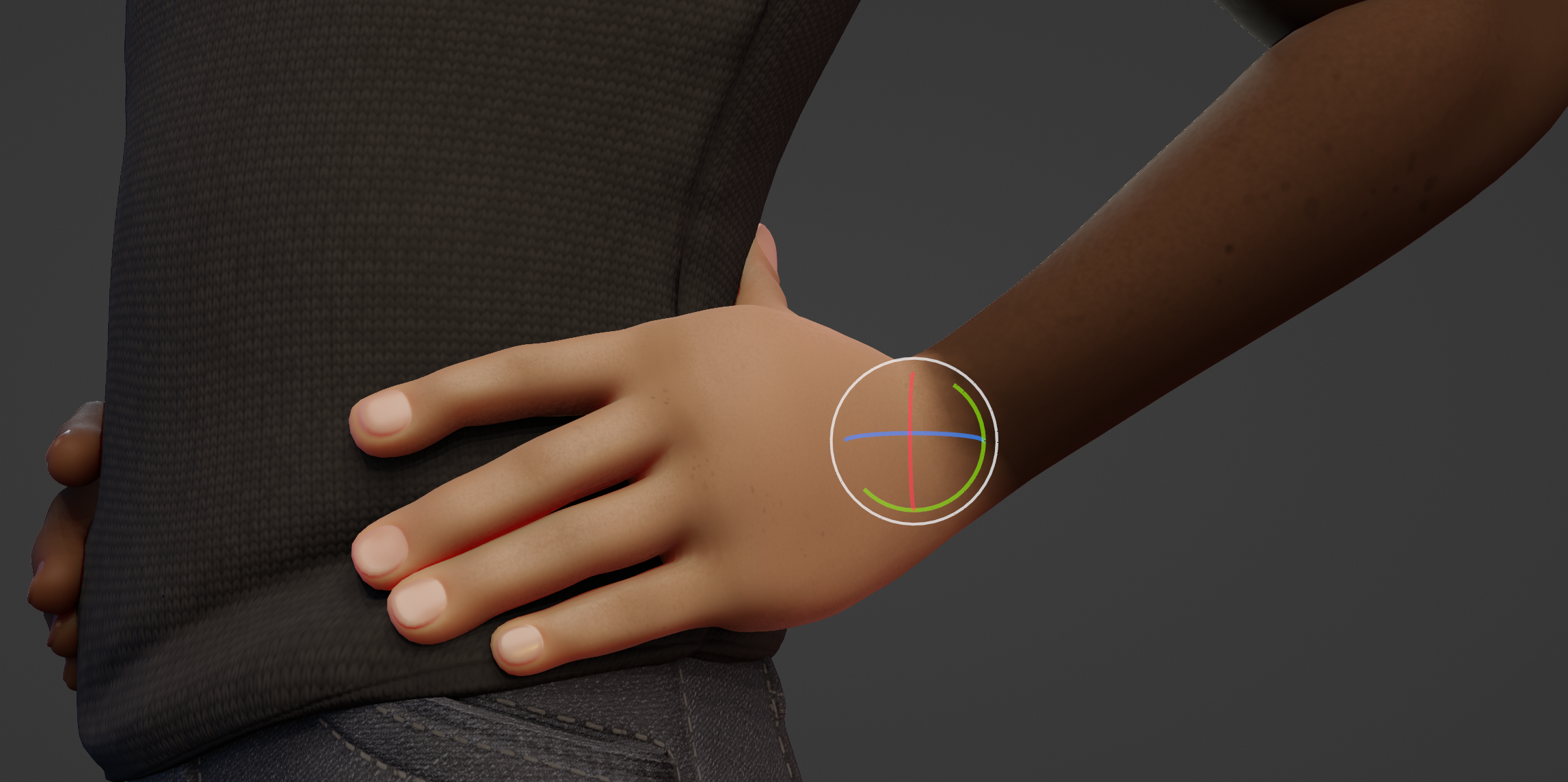
- Pattern Creation
The different falloff types can be used for circular, triangular and square patterns. More loops can also be added/removed via W & Q to repeat the pattern across the mesh.
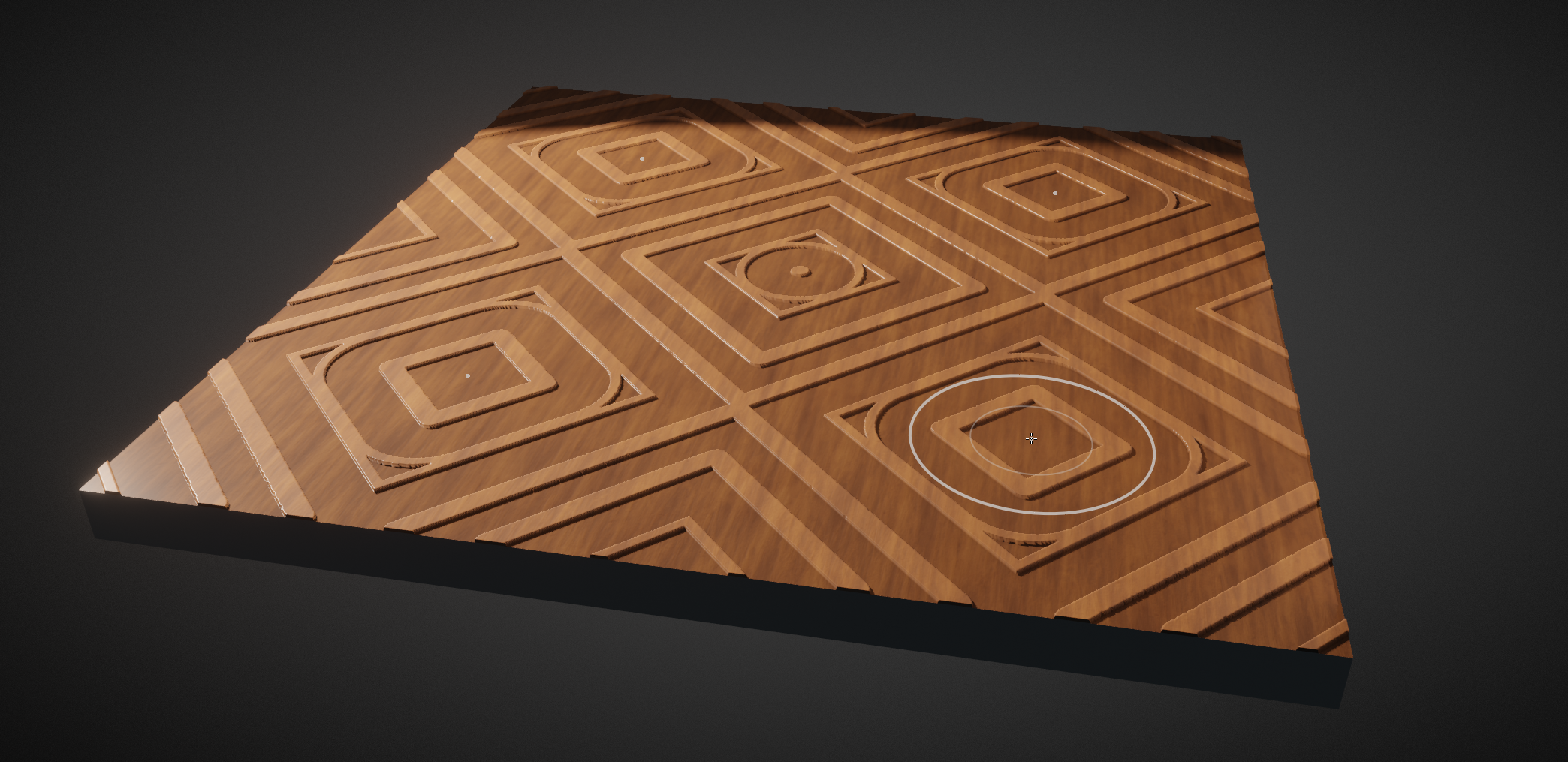
An example of using expand with mirror options, loops and a recursion to create wood carving patterns.¶
Mẹo
Mirror options can also be combined with the expansion.
Linear gradients G or brush falloff gradients B will help to add slanted surfaces to the patterns.
A "Recursions" with R or Alt-R will start a new expansion along the border of the current expansion. Doing this multiple times, can help for increasingly random patterns or advanced pattern creation.
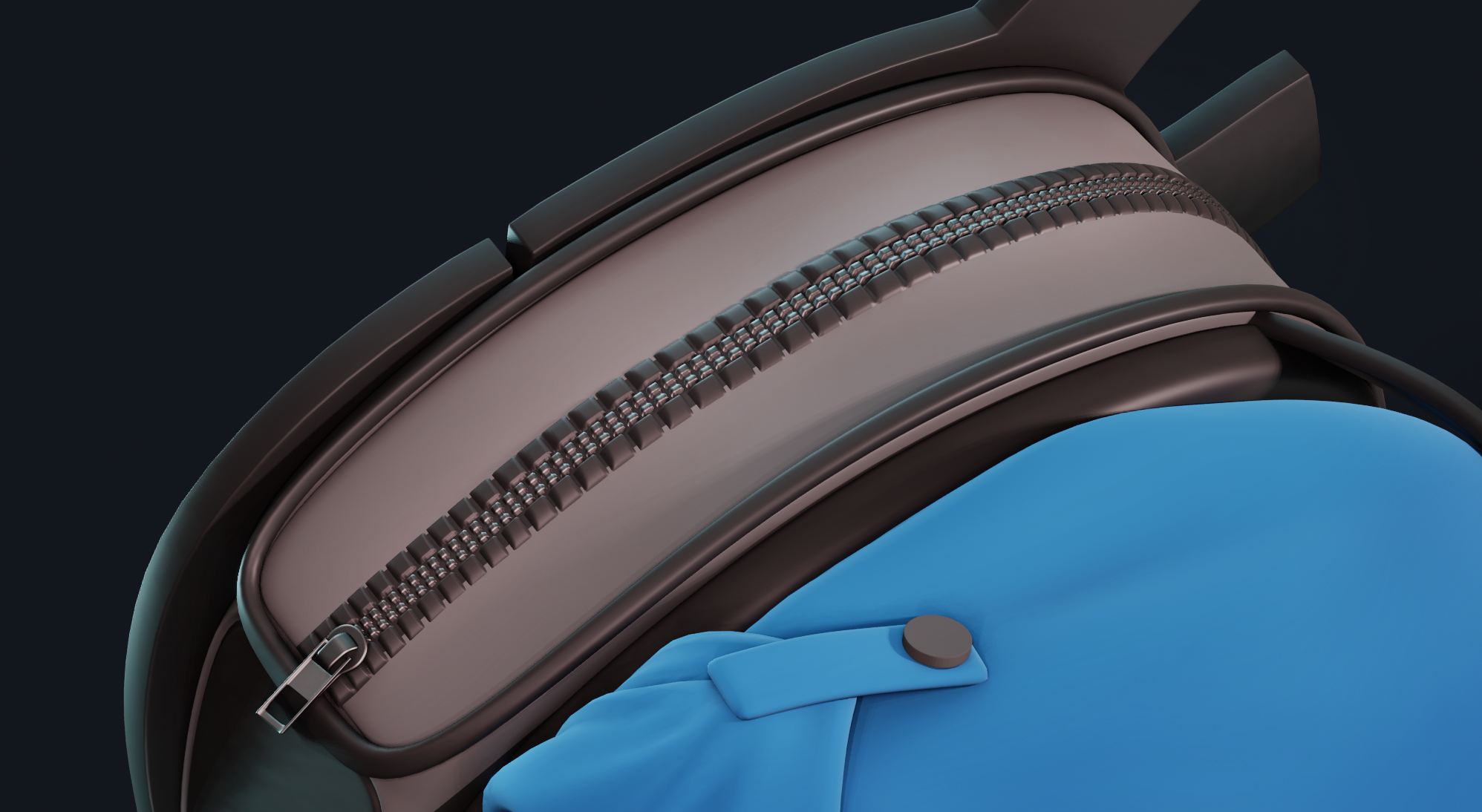
An example of using loops and gradients with multiple expanded masks.¶
Mẹo
Remember that Expand only affects visible geometry. So if a pattern should only be created on a part of the mesh, hide the other geometry first.
Use the Mesh Filter to deform the geometry and the Color Filter to add colors, to apply the patterns on the sculpt.
- Expanding Textures
Textures can be used to affect the shape and gradients of the expanded mask. This feature can be combined with loops and recursion to create unique results.
To use a texture, you need to assign it to your currently active brush in the Texture Brush Settings. The texture can be edited/created in the Texture Properties.
Ghi chú
This texture only works when the Mapping is set to 3D.
Use Y and T to increase or decrease the affect the texture has on the edge of the mask.
Các Điều Khiển (Controls)¶
- Đảo Nghịch (Invert):
F Flips between expanding a positive mask (value of one) or a negative mask (value of zero). In the case of face sets, this option flips between including areas inside the masked area or areas outside the masked area. .. needs visual technical examples for both
- Bật/Tắt Bảo Tồn Trạng Thái (Toggle Preserve State):
E Accumulate the new mask on top of the previous one or replace it. For Face Sets, this will toggle between creating Face Sets boundaries or replacing the existing Face Sets.
- Di Chuyển Tọa Độ Gốc (Move Origin):
Spacebar Moves the initial vertex used for calculating the falloff. .. needs visual technical example
- Suy Giảm Dần Trắc Địa (Geodesic Falloff):
1 Sử dụng suy giảm dần dựa trên Geodesic (Trắc Địa) từ ranh giới cạnh đến điểm đỉnh đang hoạt động.
- Suy Giảm Dần theo Cấu Trúc Liên Kết (Topology Falloff):
2 Sử dụng suy giảm dần dựa trên tô phủ tràn kín dùng các cạnh.
- Suy Giảm Dần Chéo Góc (Diagonals Falloff):
3 Sử dụng suy giảm dần dựa trên tô phủ tràn kín dùng các đường chéo và cạnh của đa giác.
- Nhòe Mờ Dần Hình Cầu (Spherical Falloff):
4 Uses a falloff based on the Euclidean distances from the edge boundary to the active vertex. .. needs visual technical examples
- Bật/Tắt Dốc Màu (Toggle Gradient):
G Enables linear gradient of values from the origin to the current active vertex.
- Bật/Tắt Dốc Màu của Đầu Bút (Toggle Brush Gradient):
B Similar to linear gradient but uses the current brush Falloff to define the shape of the falloff. .. needs visual technical examples
- Tiến Bước Đệ Quy Trắc Địa (Geodesic Recursive Step):
R Start a new expansion with a Geodesic falloff from the boundary of the current falloff.
- Bước Đệ Quy Cấu Trúc Liên Kết (Topology Recursive Step):
Alt-R Start a new expansion with a topology falloff from the boundary of the current falloff. .. needs visual technical examples
- Bám Dính vùng Mở Rộng vào các Mặt Ấn Định (Snap Expanded to Face Sets):
Ctrl Cô lập vùng mở rộng trong ranh giới của mặt ấn định nằm dưới con trỏ.
- Tăng Số Vòng Tuần Hoàn (Loop Count Increase):
W Tăng lên số vòng lặp hoặc số lần nhắc lại mà thao tác sẽ thi hành; sử dụng bốn vòng sẽ tách phân màn chắn lọc thành bốn phần.
- Giảm Số Vòng Tuần Hoàn (Loop Count Decrease):
Q Decrease the number of loops or iterations the operator is run; using four loops will split the mask into four parts. .. needs visual technical examples
- Tăng Biến Dạng Chất Liệu (Texture Distortion Increase):
Y Tăng lên khoảng cách suy giảm dần khi sử dụng chất liệu để làm biến dạng hình dạng màn chắn lọc.
- Giảm Biến Dạng Chất Liệu (Texture Distortion Decrease):
T Decreases the falloff distance when using a texture to distort the mask shape. ..needs visual technical examples
Mở Rộng Màn Chắn Lọc theo Pháp Tuyến (Expand Mask by Normals)¶
Tham Chiếu (Reference)
- Chế Độ (Mode):
Chế Độ Điêu Khắc (Sculpt Mode)
- Trình Đơn (Menu):
- Tổ Hợp Phím Tắt (Shortcut):
Shift-Alt-A
Expand a mask, following the curvature of the surface. This operator uses the same internal operator as Mở Rộng (Expand) meaning all the shortcuts and functionality works the same as that tool.
This operator is especially useful for hard surface sculpting.
Mẹo
If one expansion does not properly fill the entire desired surface, use the operator repeatedly with a different starting point.
Ghi chú
Using any of the Falloff shortcuts 1-4 will replace the curvature falloff of this operator.
Mở Rộng các Mặt Ấn Định theo Cấu Trúc Liên Kết (Expand Face Set by Topology)¶
Tham Chiếu (Reference)
- Chế Độ (Mode):
Chế Độ Điêu Khắc (Sculpt Mode)
- Trình Đơn (Menu):
- Tổ Hợp Phím Tắt (Shortcut):
Shift-W
Expands a face set from the active vertex. This operator uses the same internal operator as Mở Rộng (Expand) meaning all the hotkeys and functionality works the same as that tool, with the gradient features as the exception.
Cách Sử Dụng (Usage)¶
- Saving Masks
Expanding Face Sets has all the same use cases as expanding masks. The advantage for this one is that they will be saved for repeated usage. Face sets can be filled any time with a mask, so assigning areas face sets will save you time. (And of course face sets can be used to hide face sets)
- Pivot Points for Pose Brush
When using the Pose Brush it is most predictable when using it with Face Sets to define the face set boundaries as pivot point locations. Face Sets can be expanded from a point or from a boundary between hidden face sets to create them quickly. Alternatively Grow/Shrink Face Sets or use the Expand Active Face Set to dynamically grow/shrink them.
- Điêu Khắc Vải Vóc (Cloth Sculpting)
Tools like the Cloth Filter and Cloth Brush work especially well when only simulating small areas at a time. Face Sets can very easily be created with Expand to assign areas of action.
Mở Rộng các Mặt Ấn Định đang Hoạt Động (Expand Active Face Set)¶
Tham Chiếu (Reference)
- Chế Độ (Mode):
Chế Độ Điêu Khắc (Sculpt Mode)
- Trình Đơn (Menu):
- Tổ Hợp Phím Tắt (Shortcut):
Shift-Alt-W
Expands an existing face set with a geodesic falloff. This operator uses the same internal operator as Mở Rộng (Expand) meaning all the hotkeys and functionality works the same as that tool.
Ghi chú
Using any of the Falloff shortcuts 1-4 the operator to switch to Expand Face Set by Topology.
Cách Sử Dụng (Usage)¶
- Resizing Face Sets
Resize a Face Set along the surface distances. It is an alternative to Grow/Shrink Face Sets which follows the topology instead of geodesic distances.
- Joining Face Sets
When holding Ctrl the expansion will instead snap to other Face Sets. This is a fast way of joining multiple face sets into one.